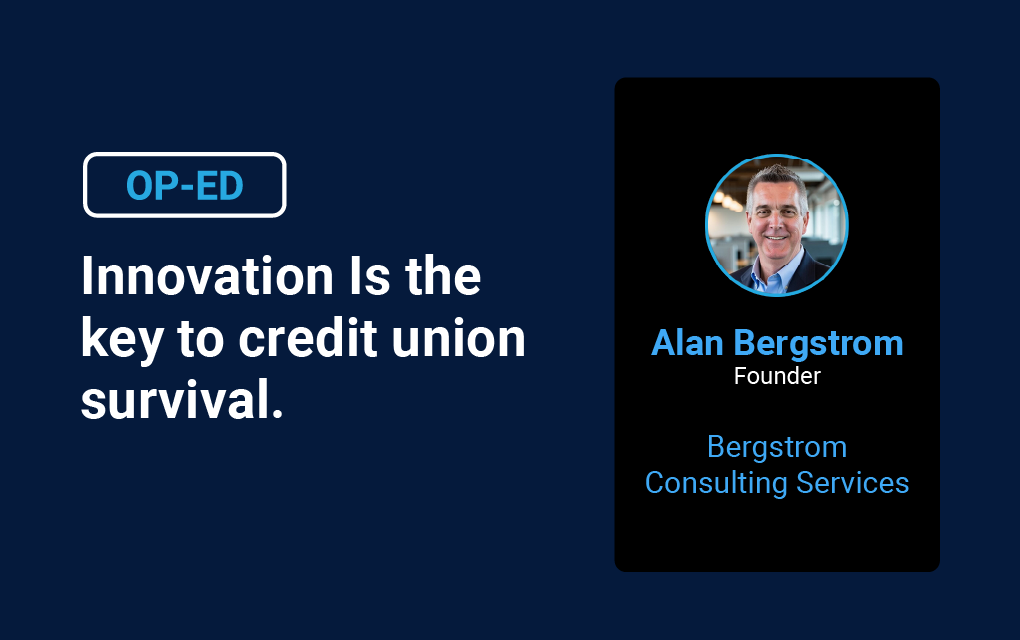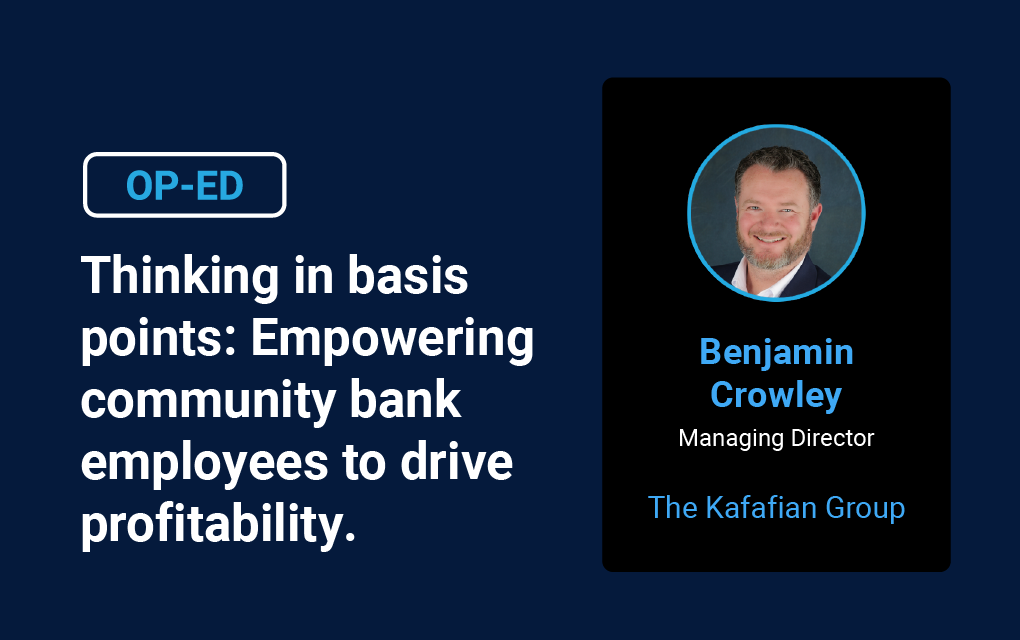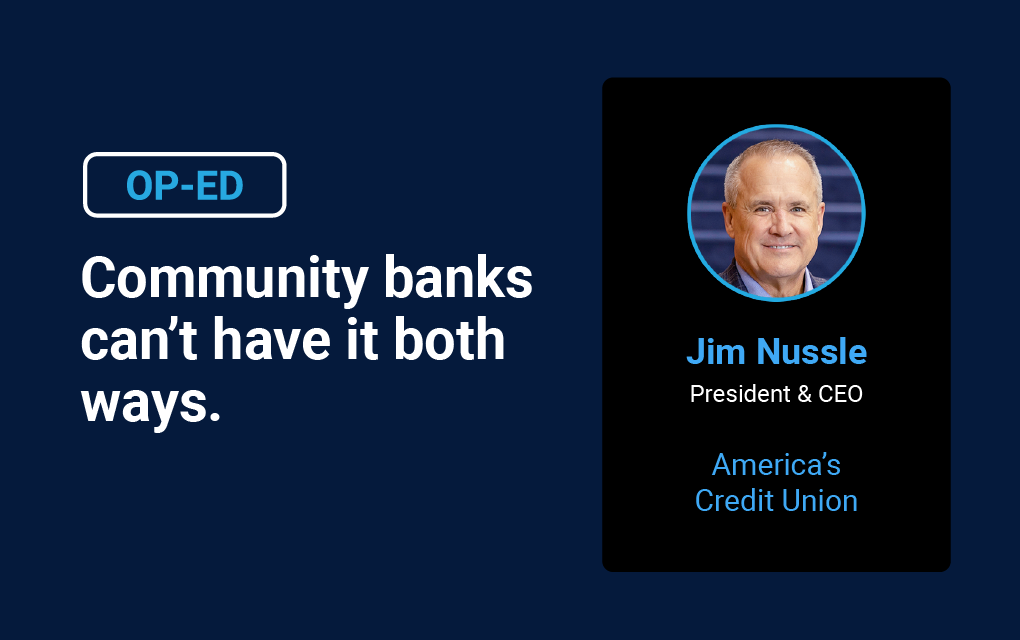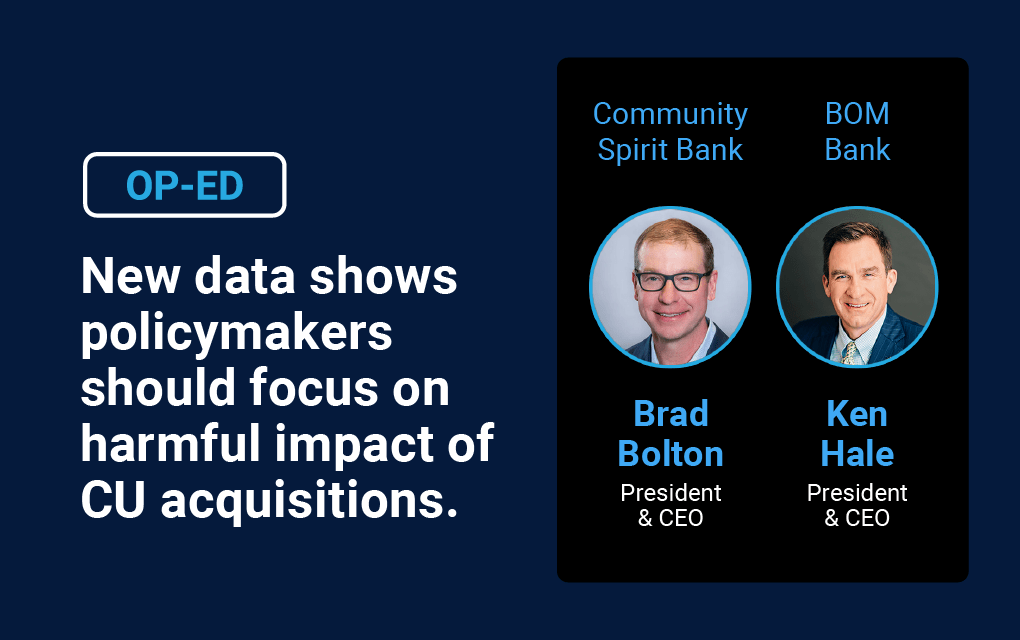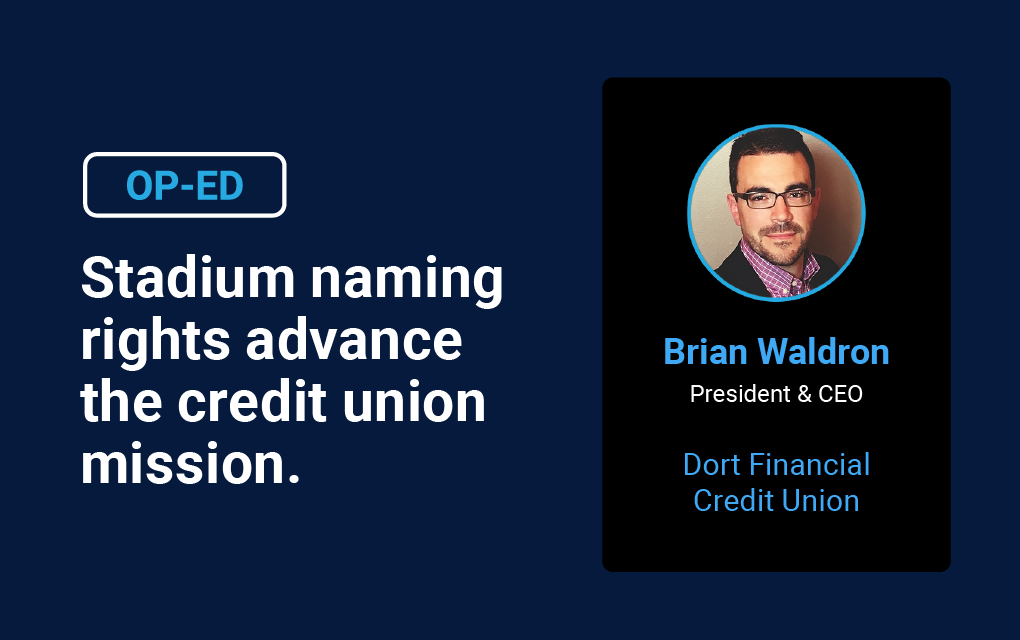From Boomers to Zoomers: Credit Unions and the Next-Gen Gap.
Credit unions have expanded membership at scale over the years, yet the composition of that growth raises strategic questions.
Less than 20% of Americans under 40 use a credit union, and the average member now sits in the mid-50s. Over the past two decades, the median member age rose from 42 to 52. Baby boomers now account for the largest share of credit union membership at 39%, up from 28% in 2015, while banks hold primary financial institution status for most Millennials and Gen Z. The imbalance between older and younger members raises pressing questions about long-term sustainability. Without deeper engagement of the next generation, credit unions risk aging alongside their core members rather than renewing.
Competitive dynamics at account origination reinforce the urgency. A recent study by Cornerstone Advisors indicates that digital banks and fintechs captured about 44% of new checking accounts in 2024. Large banks and regionals together accounted for roughly the same share, with community institutions splitting the remainder. This is part of a longer trend that has shifted the opening of day-to-day banking relationships toward national brands and digital players. The implication is straightforward. Unless credit unions translate relevance into the very first account decision, share of wallet later in the cycle will be harder to win.
Most commentary in the trade press suggests credit unions should invest in advanced digital banking technology, modern apps and feature upgrades. These are necessary actions, but they often fall short of exploring the specific financial realities of young people and how those realities differ from older generations. The latest findings from J.D. Power shows that mobile and online banking experiences have converged to a point where differences are small for most users, which makes digital banking capability a ticket to stay in the game rather than a source of durable advantage. The growth agenda therefore cannot stop at “go digital.” It must address what younger members need from banking products and financial advice.
There is opportunity inside these headwinds. Although large banks dominate primary financial institution selection for younger generations today, surveys show meaningful openness to change. About half of Gen Z and Millennials say they would consider moving to a community bank, an online-only institution, or a credit union. Such sentiments signal that the outcome is not predetermined. Credit unions that convert trust and community ethos into tangible, daily use value for young adults can still earn primacy as these cohorts move from first job to first home.
Story continued below…
WEBINAR
The Brutal Truth: Long-Term Digital Banking Partnerships Aren’t Always Pretty
TODAY: Wednesday, October 1, 2025 at 2 PM ET
In the banking world, fintech partnerships are not all rainbows and butterflies. This session shows you how to convert conflict and tension into long-term growth.
- How to spot cracks before a partnership collapses
- How to realign expectations on both sides when things get rough
- Techniques to repair trust after it’s been broken
- When to fight for the relationship… and when to walk away
- Actionable strategies that can be employed on both sides of digital banking partnerships
Taken together, the evidence points to a strategy problem rather than a technology deficit. Digital competence is indispensable, yet it is no longer a differentiator. Winning durable relationships with younger members requires a precise understanding of their specific needs and behaviors.
Gen Z and Millennials are building financial lives under tighter economic conditions than prior generations. Rising costs in housing, transportation, and basic services continue to outpace wage growth in many markets, leaving younger adults with less margin for error. Credit burdens are growing as well. Credit card balances are at record levels, with delinquencies climbing steadily from pandemic-era lows, a trend that disproportionately impacts younger borrowers with limited savings. At the same time, student loan repayment has resumed, with many borrowers re-entering repayment under higher rates and increased budget strain.
The borrowing needs of young adults often focus on simplification and control. Many younger households carry a mix of student loans, credit cards, and personal debt, often at high interest rates and spread across multiple providers. The result is a fragmented repayment experience that introduces friction and higher cost. Consolidation solutions that simplify repayment, align due dates with income cycles, and reduce overall interest obligations hold strong appeal among this group, particularly when delivered with transparency and digital ease.
Younger generations remain financially engaged and increasingly proactive. A recent survey by Charles Schwab reports that Gen Z began saving and investing at an average age of 19, far earlier than Millennials at 25 and significantly earlier than Gen X or Boomers. That start is reinforced by strong day-to-day habits. Most young adults track budgets closely and adjust spending habits quickly in response to higher prices, showing a practical mindset shaped by economic volatility.
A growing number of Gen Z and Millennials supplement their primary jobs with freelance work, creative projects, or platform-based gigs. This creates more complexity in cash flow, but also greater flexibility and a need for planning tools that adapt. The combination of early engagement, structured budgeting, and non-traditional income creates a need for financial tools that are flexible, real-time, and supportive of progress.
Financial ideas now circulate through social platforms, private chat groups, and creator-led communities, where knowledge is shared in real time and decisions are shaped through collective input. For credit unions, this creates both a challenge and an opportunity: to meet younger members where they already learn, while delivering credible and relevant content.
In short, the younger generation is not looking for one-size-fits-all solutions.
They want tools that fit their financial behavior, reflect their priorities, and provide support when life becomes more complex. They are looking for a financial partner that feels personal. The question is what features define a personalized banking experience for Gen Z and Millennials, and how credit unions can deliver on that in ways that build trust, relevance, and long-term value.
Olden Lane is a boutique financial services firm dedicated to the credit union industry.
Disclaimer
The views, opinions, and perspectives expressed in articles and other content published on this website are those of the respective authors and do NOT necessarily reflect the views or official policies of Tyfone and affiliates. While we strive to provide a platform for open dialogue and a range of perspectives, we do NOT endorse or subscribe to any specific viewpoints presented by individual contributors. Readers are encouraged to consider these viewpoints as personal opinions and conduct their own research when forming conclusions. We welcome a rich exchange of ideas and invite op-ed contributions that foster thoughtful discussion.




